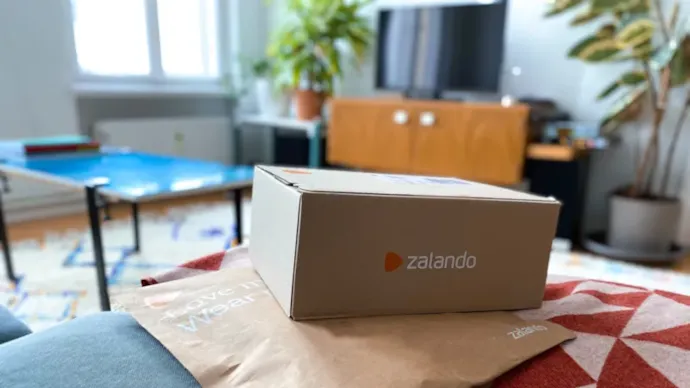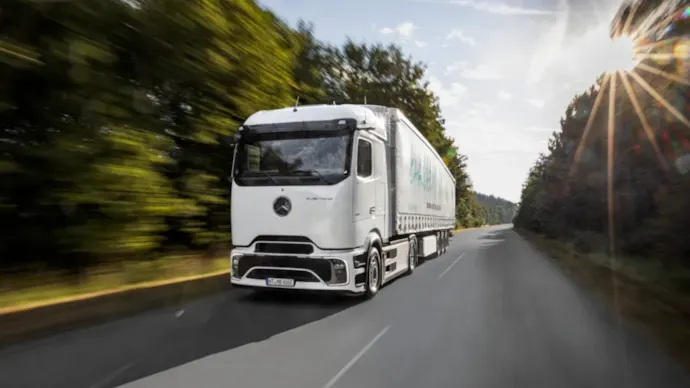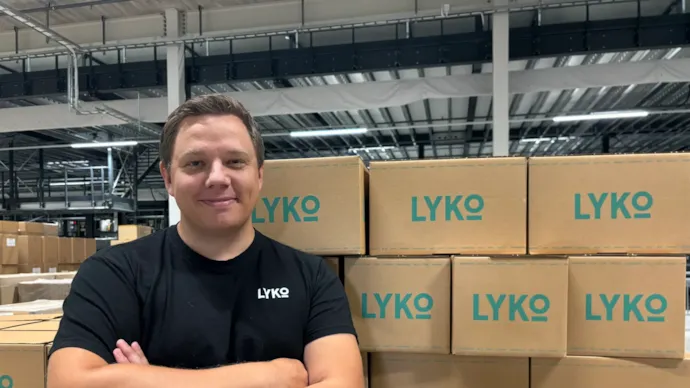How Tradera and PostNord are powering circular shopping
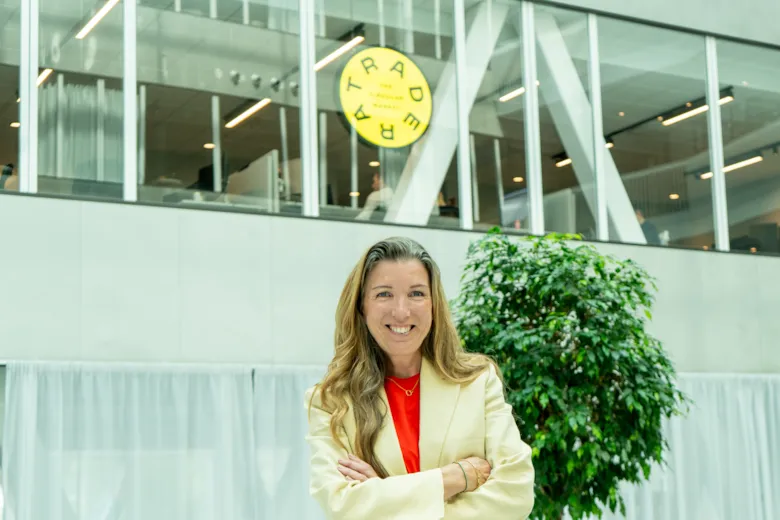
Circular consumption has rapidly evolved from niche behavior to mainstream choice. At Tradera, this shift is already visible. But for circular commerce to truly work, every link of the chain needs to be sustainable – from the user experience to the final delivery. This is where PostNord comes in, adapting to new needs, teaming up with innovative partners, and creating logistics solutions that make climate-smarter shopping easy.
From niche to norm
At Tradera, the transition is happening in real-time. Sofia Hagelin, Head of Communications and Circular Partnerships, describes how the platform has become a key driver in the circular economy. The attitude toward second-hand shopping has fundamentally changed, from being an alternative to becoming a default.
But making reuse a habit requires simplicity. By removing barriers to buying and selling pre-owned items and offering smart logistics, Tradera has made circular shopping accessible to more people.
When a product is reused and replaces a new purchase, it benefits both the planet and consumers’ wallets. But for those climate benefits to count, the delivery needs to be sustainable too.
“Almost everything sold on Tradera is shipped. Reliable, seamless, and climate-smart logistics are essential,” says Sofia Hagelin.
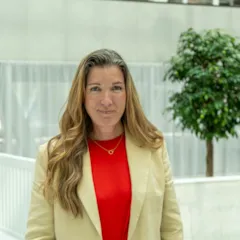

Logistics that go the distance
For several years, PostNord has developed tailored solutions for the growing consumer-to-consumer (C2C) market.
Johanna Skalman, Nordic Product Specialist for C2C services at PostNord, believes that reuse must be just as easy as buying new. Label-free packages, which eliminate the need for printed labels, lower the threshold for sending second-hand items. Together with expanded parcel locker networks and fossil-free deliveries, they are just a few examples of how PostNord is making climate-smart choices simpler.
“We see rising demands. Consumers expect sustainability, both in what they buy and how it’s delivered. That's why PostNord is committed to fossil-free and emission-free delivery, with initiatives like green corridors and the Nordic Swan Ecolabel,” Johanna explains.
Behavior, research, and challenges
The growing interest in second hand is also supported by research. Frida Eggert, a PhD candidate at Lund University, notes how consumption habits are changing quickly. Yet, challenges remain. Many consumers still overlook the impact of logistics.
“People perceive second hand as sustainable in itself, but often forget about the transport involved, and the fact that items are frequently shipped long distances,” says Frida Eggert.


Johanna Skalman agrees and says that parcel volumes are growing fast. To protect the climate benefits of second-hand shopping, logistics solutions must evolve just as quickly.
The future demands collaboration
Both Tradera and PostNord agree that circular commerce can’t be driven by individual actors alone. Creating real change requires shared goals, partnerships, and a commitment that runs through the entire value chain.
“According to our analysis, this segment will only continue to grow. Our job is to ensure that growth is sustainably across every part of the chain,” says Johanna Skalman.
Sofia Hagelin sums up the power of collaboration:
“Together, we make it easier to choose climate-smart options in everyday life. That is the key to making reuse the obvious – and sustainable – choice.”
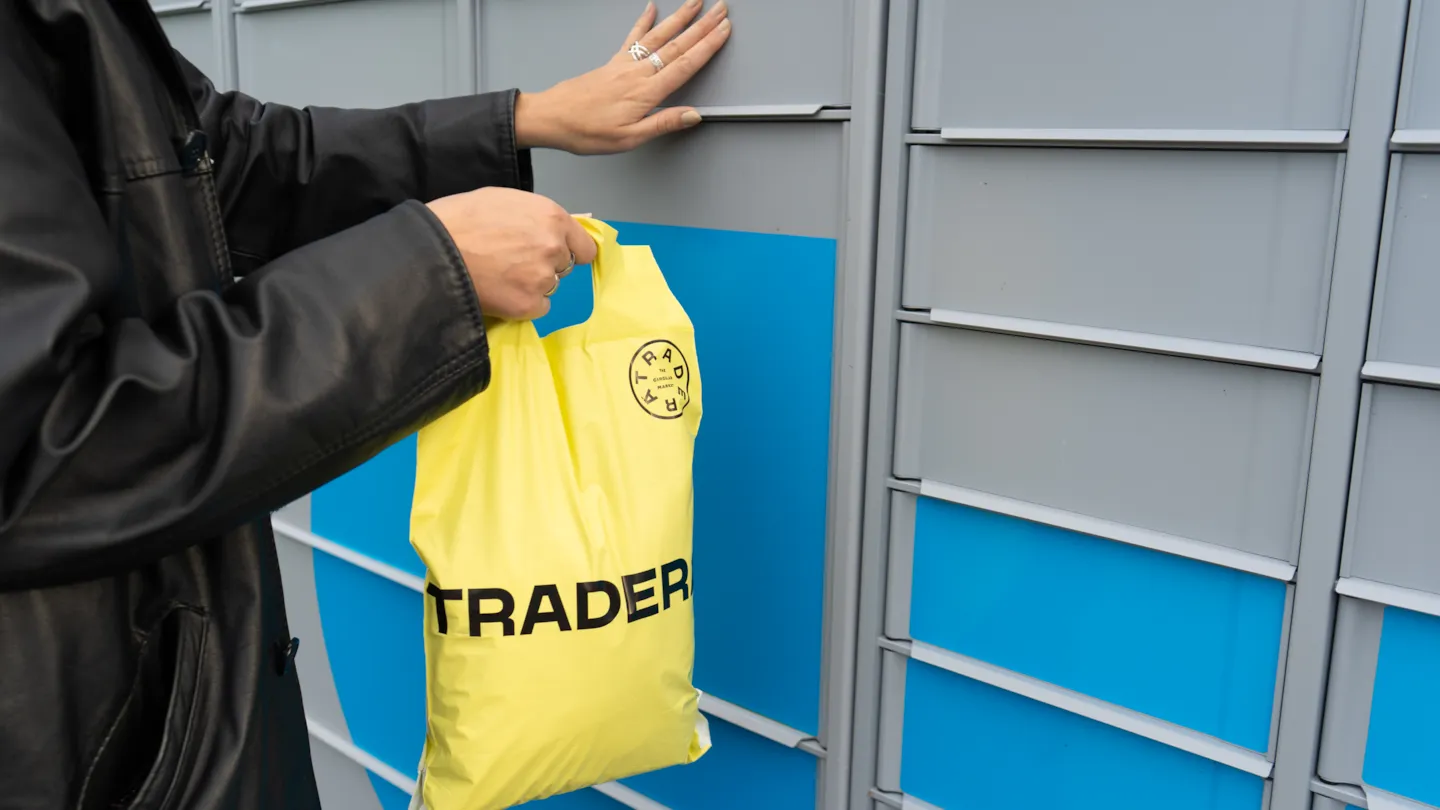
Sustainability stories
Explore our stories to learn how PostNord is leading the way to sustainable logistics.
